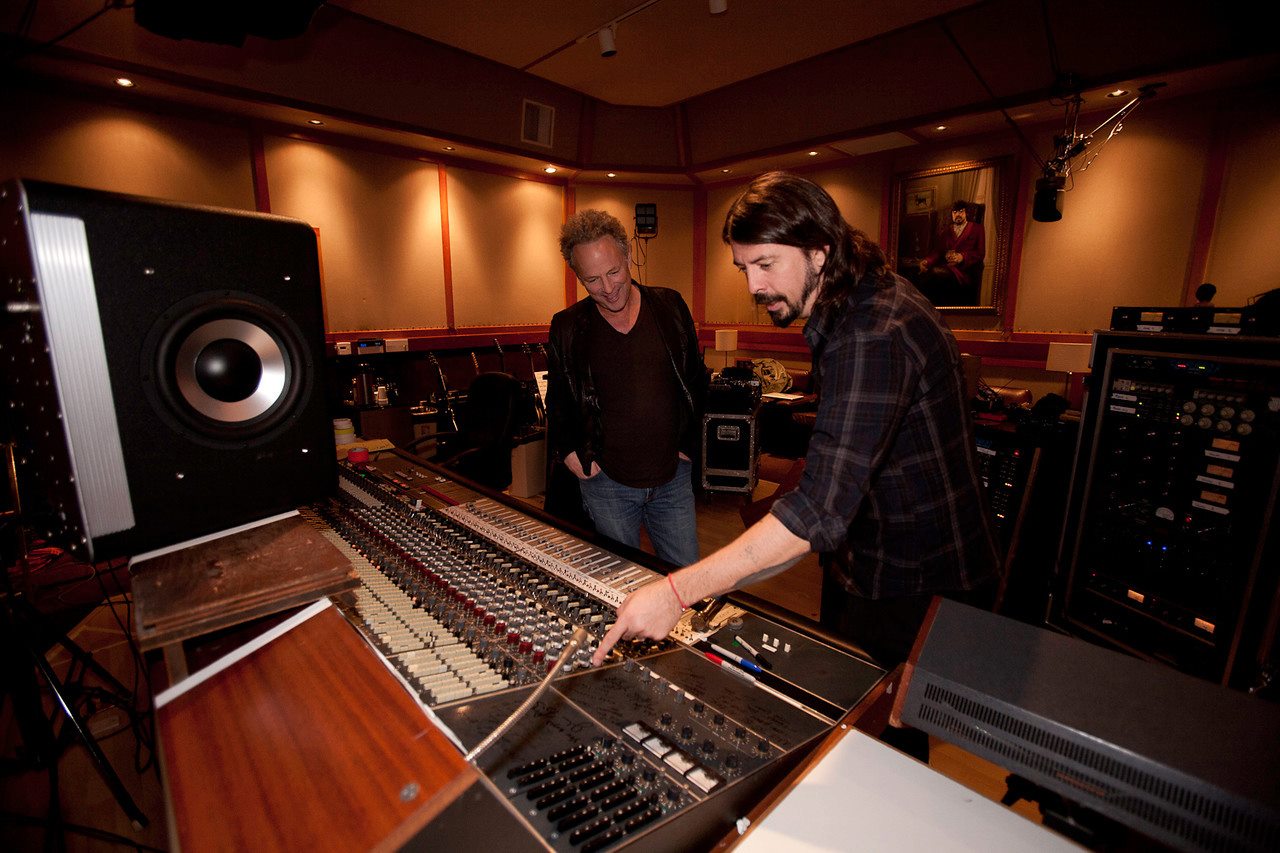Waves of progress often sweep away the obsolete from society without a second thought, but Dave Grohl makes Sound City Studios a rare exception. In his first film, the Nirvana drummer and Foo Fighters front-man turns his sights to a musical landmark whose greatness few, apart from hardcore rock ‘n’ roll fans, would have understood prior to this project. Sound City chronicles the rich history of the eponymous studio that brought together four decades of musicians on the outskirts of Los Angeles.
Sound City was first conceived by Grohl in 2011, when the studio decided to call it quits after a 42-year run. Hearing the news, he talked to its manager about buying their custom- made Neve recording console for Studio 606, his personal studio.
The transaction was completed, but salvaging the machinery alone did not satisfy Grohl. He felt that there was a story to be told about the studio and its role in the greater context of rock ‘n’ roll, so he assembled a cast that could help him do it justice.
Enter the heroes of Sound City Studios: Neil Young, Fleetwood Mac, John Fogerty, Tom Petty, Rick Springfield, REO Speedwagon, Rage Against the Machine, Queens of the Stone Age, Weezer, Nine Inch Nails, renowned producer Rick Rubin (looking like he never left Woodstock), and the studio’s loyal staff. There is a genuine excitement and candid quality in the musicians that talk about their Sound City experience.
Many bring up the friendliness of the staff and the family-like atmosphere that developed in the studio. In several cases, the recordings done there were followed by a huge commercial breakthrough for the artists. Had it not been for Sound City, Mick Fleetwood never would have heard a tape by Buckingham Nicks, the dating duo he recruited to Fleetwood Mac that would help launch them to superstardom.
No musician felt shy about calling Sound City an absolute dump. It’s located in a dingy row of industrial warehouse spaces, and the interior area is equally unappealing. Very little had been altered since 1969, including the tasteless brown shag carpet on the wall. The only times the walls saw improvements was when another gold or platinum record was put up.
As Studio Manager Shivaun O’Brien puts it, “Sound City was a place where real men went to make records.”
The essence of Sound City is its appreciation of the lost art of analog recording. It is refreshing to hear Grohl, Young, and many of the other featured artists speak so affectionately of the recording process on the studio’s Neve console. The documentary expertly highlights the fact that while digital recording may provide convenience and opportunities for sound manipulation, it cannot reproduce the pure cohesiveness and authenticity of its analog counterpart.
Although Sound City is a documentary, Grohl still delivers a strong performance. He is constantly overflowing with zeal for the studio and revels in the scope of its effect on the rock community. Somehow, it’s satisfying to watch him jam out with many of the artists he interviewed (and a surprise guest legend) while recording on the rebuilt Neve console. Those tracks have been released on an album accompanying the documentary called Real to Reel.
Grohl delivers in his first documentary and benefits from its all-star cast. Neil Young famously proclaims in the 1979 song “My My, Hey Hey” that “It’s better to burn out than to fade away.” By creating Sound City, Grohl ensures that one of the more prolific sites in rock ‘n’ roll history will burn out brilliantly.
Sound City is playing until Feb. 7 at Cinema du Parc (3575 Avenue du Parc). Under 25 tickets $8.50.









